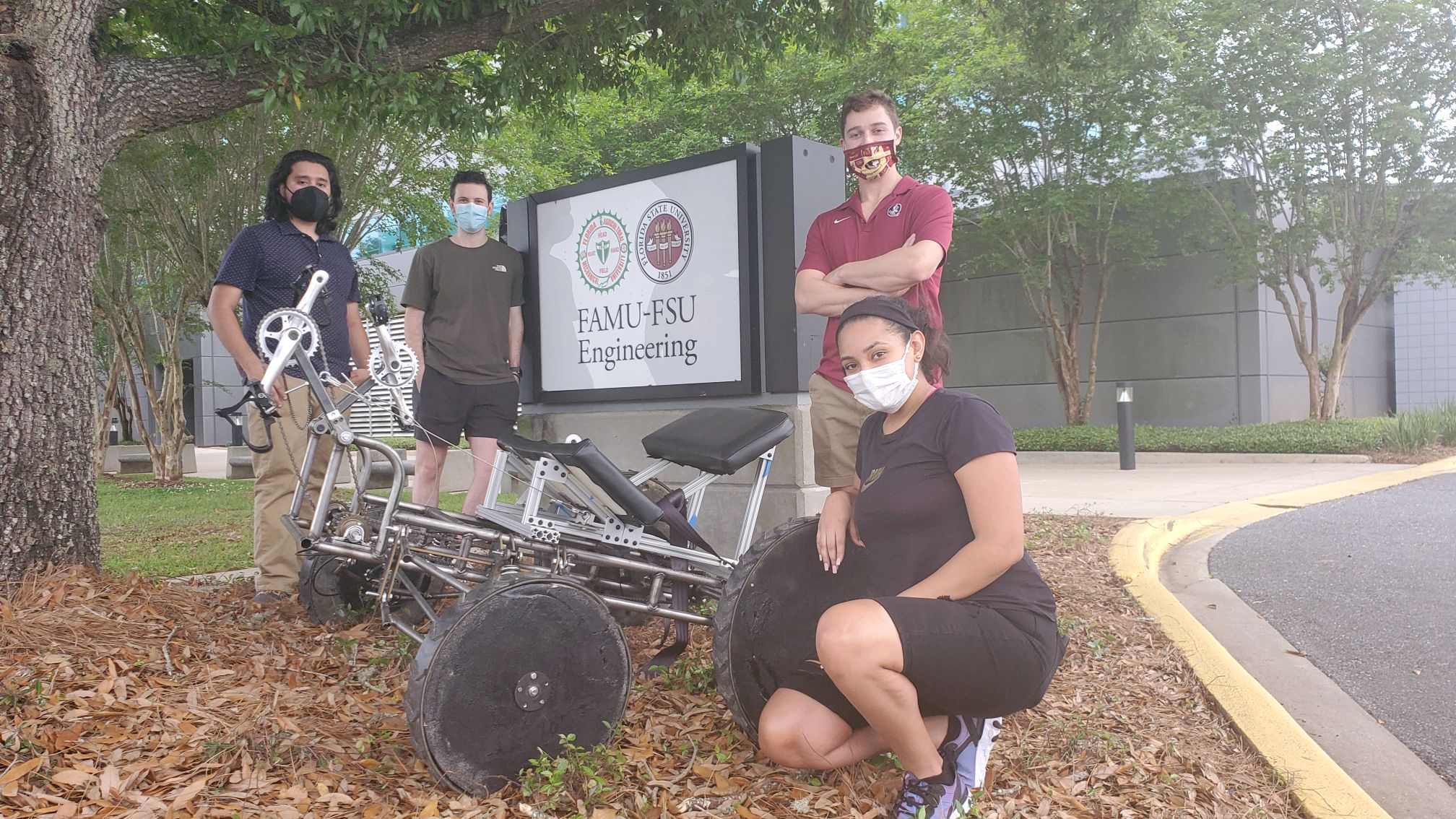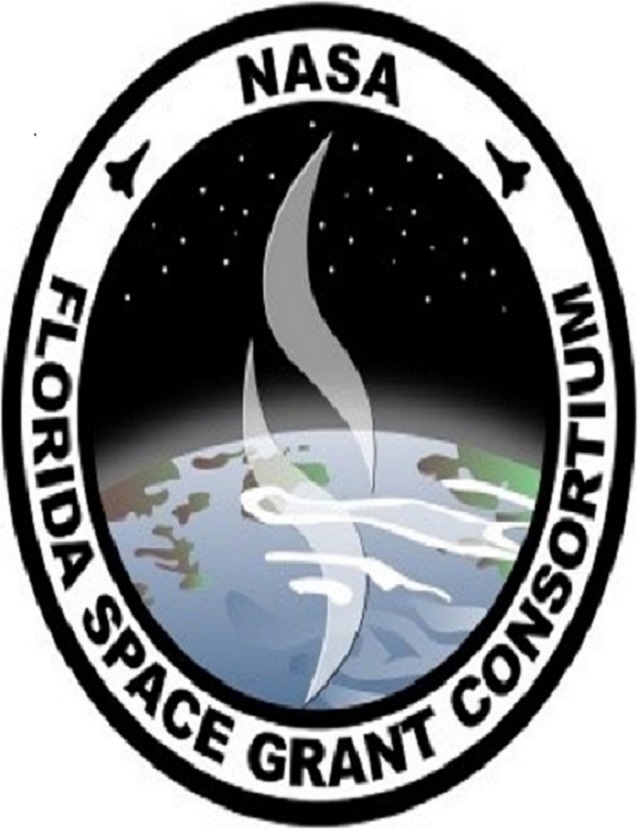Abstract
During the Apollo 14 Lunar mission, astronauts ran into trouble while trying to explore on foot. Low on oxygen and energy, they had to abort their tasks and return to the lander. This incident led to the creation of the NASA Human Powered Rover Competition. This annual competition allows students to design and build their own human powered rovers. The rovers must be able to hold two people and traverse difficult terrain, similar to that of the moon. Points are awarded for rover weight, finish time, and completed tasks.
Our team is designing a small rover to help solve the astronauts’ problem. The rover is being built according to earth conditions since the competition is not actually on the moon. We have taken a systems engineering approach to design and implement five subsystems for the rover. The primary rover systems include a rear drivetrain, dual tiller steering, a steel frame with front suspension, foam wheels, and tools with a rear-end storage compartment. Two riders sitting side-by-side will pedal the rover like a bicycle. The seats are reclined to provide comfort as well as a low center of gravity. Our design includes a 2.0 factor of safety to ensure the rover’s robustness and reliability.
The rover has a top speed 4 miles per hour with the riders and tools loaded in. The rover is able to traverse inclines up to 28° due to the high torque powertrain. The rover also has a tipping angle of 40° and a stopping distance of 8-feet. The suspension design uses two wishbones of equal length to ensure constant stability. Wheels made of a solid lightweight foam avoids the need for pneumatic wheels. Overall, the rover is capable of easily conquering rough terrain and will be a crucial tool for the astronauts’ next trip to the moon.
Finished Product
| - Cable steering
- Two tie-rods coupled to front axle
- Single driver input
|
- Polyurethane 2-part expanding foam wheels
- Mold-casted
- Lightweight and rigid
|
- Front wishbone suspension
- 8020 Aluminum seating mount
- 2-person seating with seatbelts
|
- Rear-wheel drive
- Freewheel pedaling
- Dual driver input
|

The future work for this rover will include an implementation of disk brakes, as well as more terrain and strength testing. The testing will be done by piloting the rover over sharp inclines/declines, low-friction terrain, and traversing large objects. All fasteners and welds will be tightened down and double-checked.
Our Team

Ryan Floyd
Ryan is a senior mechanical engineering student with interests in fluid mechanics and naval architecture. Upon graduating in Spring 2021, he will move to Conencticut to work as a systems engineer for General Dynamics Electric Boat. For this project, he took on the roles of materials engineer and webmaster.
Nicolas Picard
Nicolas is a senior mechanical engineering student with interests in dynamics and vehicle design. Upon graduating in Spring 2021, he plans to pursue a career as a design engineer in the automotive industry. For this project, he took on the role of design engineer.
Ninett Sanchez
Ninett is a first generation college student. She is a senior mechanical engineering student graduating in Spring 2021. Upon graduation, she will be joining PepsiCo in their Supply Chain role located in the Orlando site. She also hopes to be able to get her MBA in the near future. For this project, she took on the role of design engineer.
Andrew Schlar
Andrew is a senior mechanical engineering student with specialties in mechatronics and software systems integration. He plans to graduate in the summer of 2021 and proceed directly into the workforce. His aim is to work within the robotics and mechatronics field under the defense and space industries. For this project, he took on the roles of team leader and design engineer.Advisor and Sponsor

Dr. Shayne McConomy
Project Advisor

